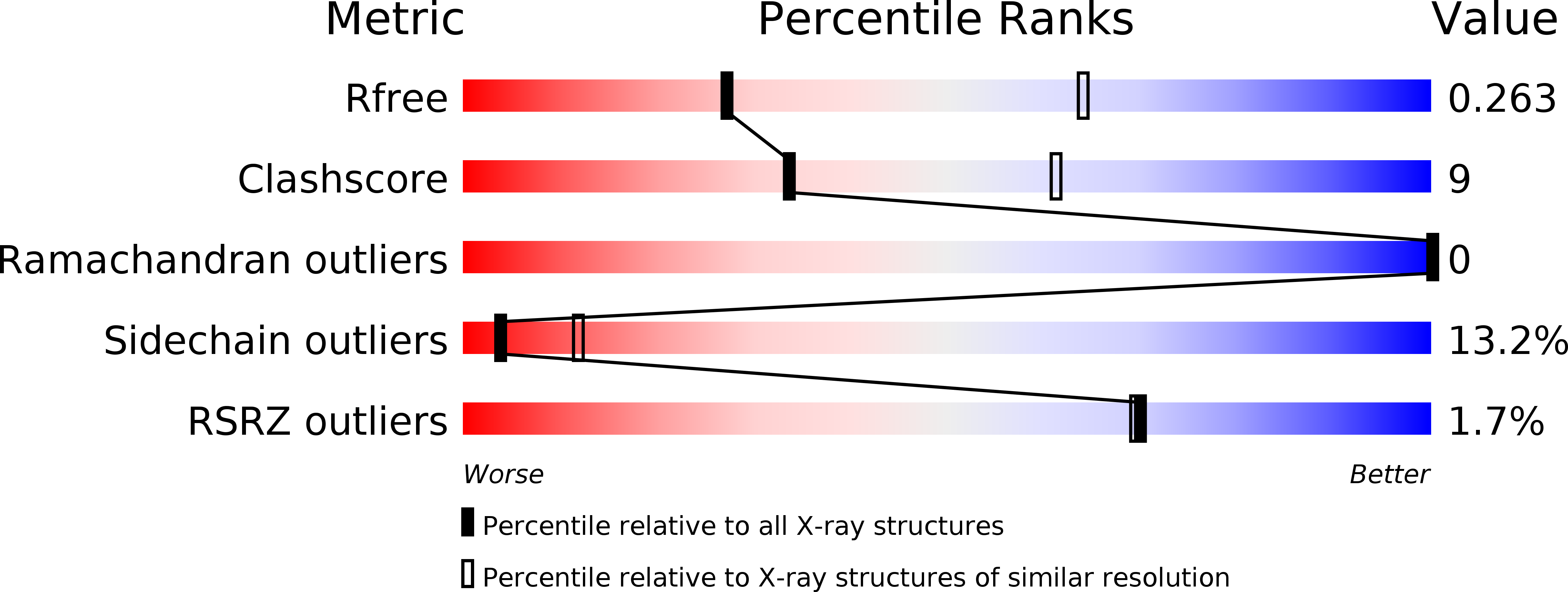
Deposition Date
2014-12-07
Release Date
2014-12-17
Last Version Date
2024-02-28
Entry Detail
Biological Source:
Source Organism:
Listeria monocytogenes (Taxon ID: 169963)
Host Organism:
Method Details:
Experimental Method:
Resolution:
2.90 Å
R-Value Free:
0.26
R-Value Work:
0.22
R-Value Observed:
0.22
Space Group:
P 21 21 21


